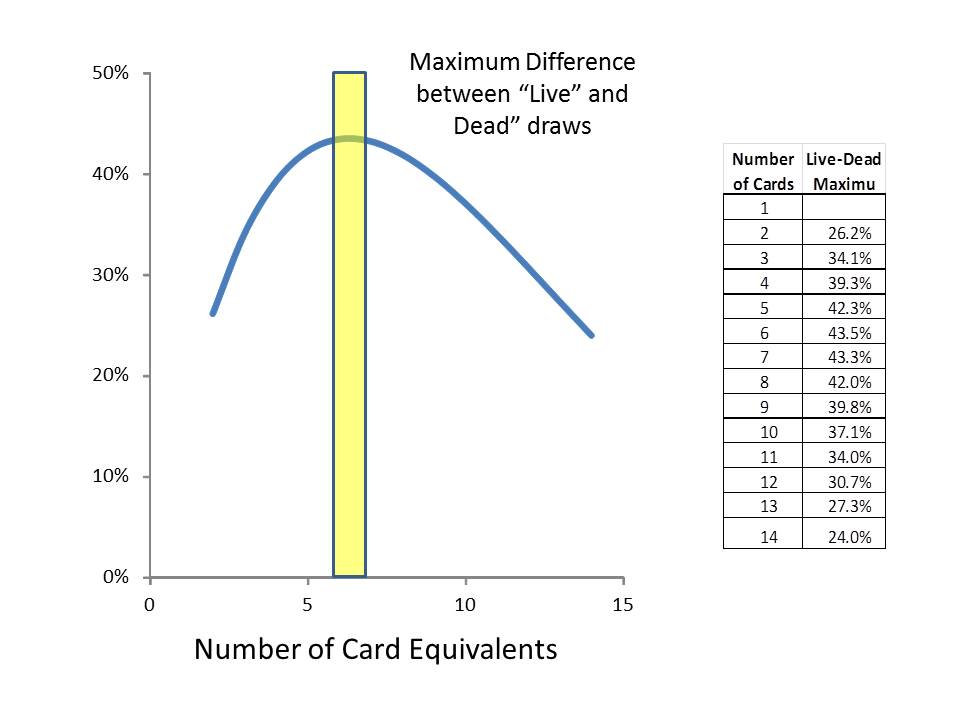Patrick Hoban is better than me at Yugioh. There is no question that he has accomplished
more in this game than I ever will. Furthermore, I think he gets more contempt than
he deserves. He appears to be sincere in
his enthusiastic attempts to explain the game to others.
That said … I found his most recent ARG posting … uhm …
interesting. Perhaps I can summarize my
thoughts in the following cartoon.
 |
| Yugioh according to Patrick Hoban |
… and you thought this was a children’s card game.
The main problem with the article is his inability to
substantiate any of his statements with numbers. Sure, economics requires assumptions in order
to reduce a vast number of variables to something that can be fit into a
model. In Yugioh the variables are all
known. It’s a card game. However, Mr. Hoban is not relying on math; he’s
using intuition. He suspects that “three”
is the magic number and then borrows economic jargon to convince the
reader. Consider the following passage:
So
how do we know that three is better than every other number? While I believe
that theory is vastly more important than play testing when it comes to deck
building, this is the area that play testing is most important in. This process
is going to be trial and error and it’s
going to be a completely separate issue to train you to be able to identify
what is or isn’t working
Great players like Patrick Hoban don’t craft decks with
statistics; they build decks based on experience. They know how a good deck plays because they have
played both good and bad decks. Several
hands of an inferior deck will quickly turn them off just like the wrong spices
will offend a master chef. Developing a
sense of good and bad decks takes time and talent. For inexperienced players, the best place to
start is a tier one net deck. For the
rest of us, keep practicing.
Though Mr. Hoban makes a mess of it, marginal utility does
have meaning in Yugioh. In brief, it’s the value one gets by adding another “card”
to your deck. The concept is only robust
when one considers card equivalents. Mr.
Hoban mentions this in his “Assumptions” section, but doesn’t make it
particularly clear. A card equivalent is
a card that is functionally the same as the card you want. For example, ROTA is equivalent to Photon
Thrasher because drawing ROTA gets you a Thrasher. If you really, really wanted
Thrasher, you could play three Thrasher, ROTA, and three Photon Lizard for a total of
seven equivalent cards. “Marginal utility”
answers the question, “How much value is there by adding the third Photon
Lizard?” In other words, what is the
added value for having seven equivalent cards compared to six?
The following are the actual numbers for marginal utility in
Yugioh. The left hand column gives the
number of card equivalents. The marginal
utility can be calculated by subtracting the chance of drawing Thrasher with
seven cards from the chance of drawing him with six. The answer is 7.2%. Notice this curve is not an inverted “U”.
There is no maximum.
Adding extra cards to get your Thrasher does come with a
cost. Specifically, you run the risk of drawing into two card equivalents. The second card is a dead card. This risk also increases with the number of
cards you add. One could “maximize” the
difference between Drawing-at-least-one-target-card and a Drawing-more-than-one-target card. This number is given by the dotted black line.
You can calculate it by simply subtracting the 2nd and 4th
columns. If you graph this number,
you will get a curve with a maximum. The
answer is not three, but somewhere between 6 and 7.
People who have played this game for a while will probably think of "6" as a reasonable number. I tend to use 9 cards when getting to the key card is very important (e.g. Malefic Decks). My CMG deck uses 10 Cyber Dragon equivalents. If you play it, you may notice that the Cybers can clog.
I will be going to the ARG tournament in Richmond. Perhaps I will be able to discuss Marginal Utility in Yugioh with the man himself. Until then, play hard or go to school.



No comments:
Post a Comment